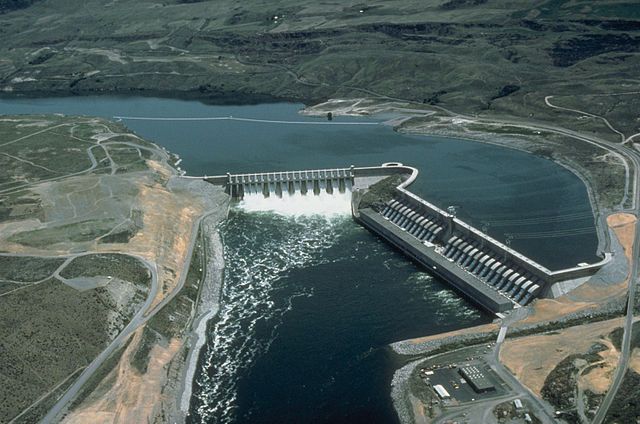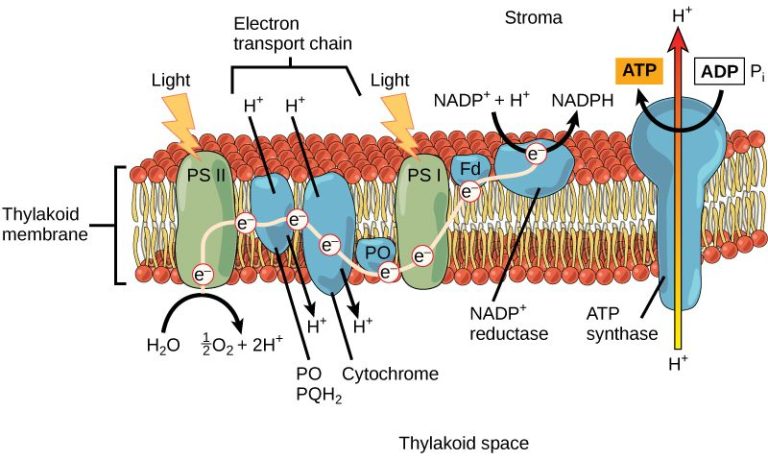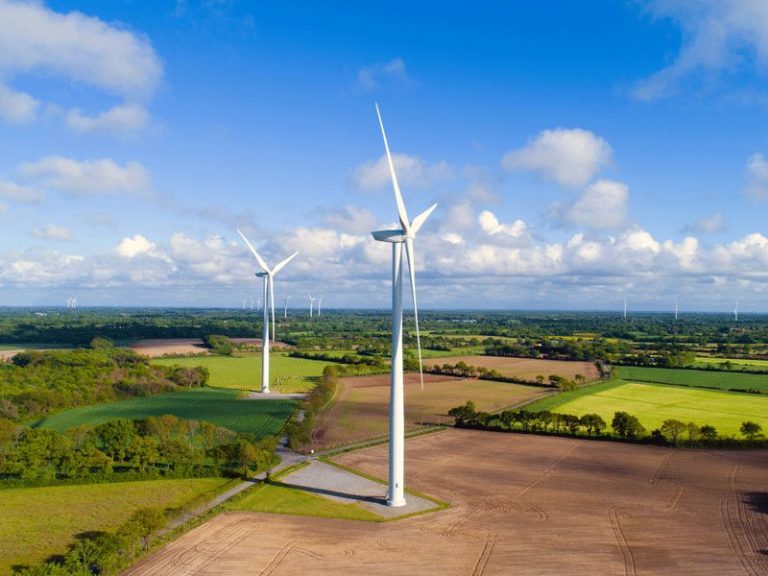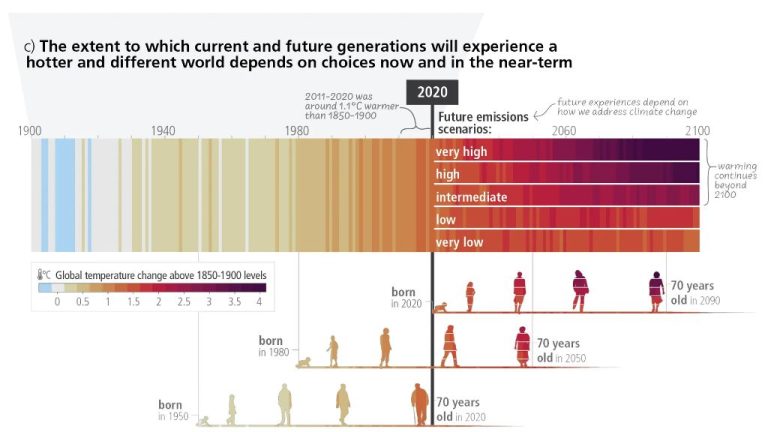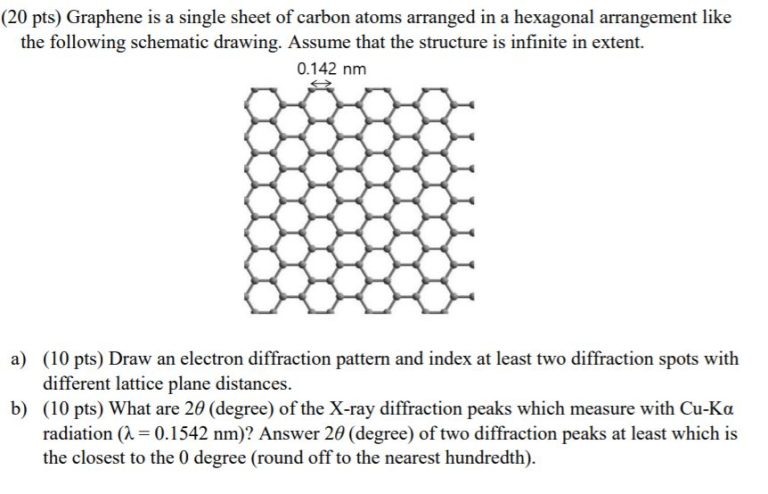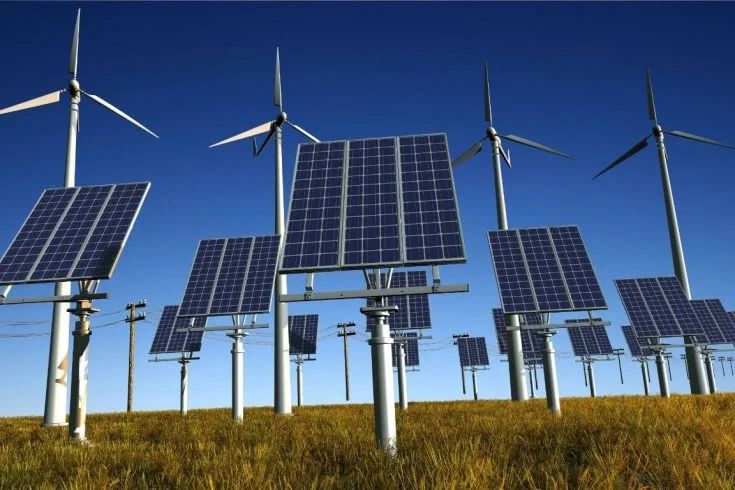Will Renewable Energy Save Our Planet?
The threat of climate change
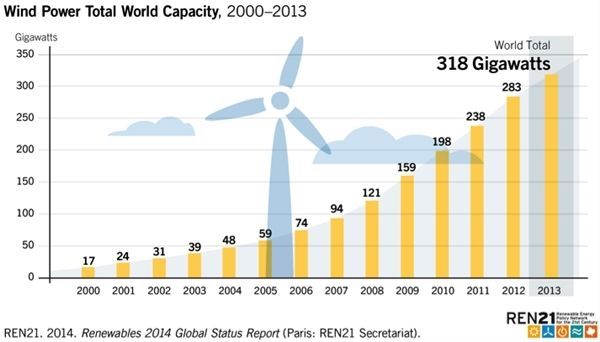
The world faces an urgent climate crisis, with potentially catastrophic impacts if we fail to take bold action. According to the UN, climate change is one of the greatest threats to international peace and security. The effects of climate change are already being felt around the world through rising global temperatures, more frequent and extreme weather events, melting ice caps and glaciers, and rising sea levels.
The global average temperature has already increased by over 1°C compared to pre-industrial levels. The past decade was the hottest on record, and the 6 warmest years globally have all occurred since 2015 according to NASA and NOAA data. This warming is causing more heatwaves and droughts in some regions, and heavier rainfall and flooding in others. Glaciers and polar ice sheets are rapidly melting, contributing to sea level rise which threatens coastal communities.
Scientists widely agree that the climate crisis is primarily driven by human activities, especially the burning of fossil fuels which releases heat-trapping greenhouse gases. Urgent action is needed to transition to renewable energy and implement policies that reduce emissions globally. If we fail to curb emissions, temperatures could rise over 3°C by 2100 with catastrophic effects. Tackling climate change requires transforming energy systems and cooperation on an unprecedented global scale.
The role of fossil fuels
The burning of fossil fuels like coal, oil and gas is the primary driver of climate change, accounting for over 75% of global greenhouse gas emissions (ClientEarth, n.d.). When these fuels are burned, they release large amounts of carbon dioxide into the atmosphere. Carbon dioxide is a greenhouse gas that traps heat, causing the planet to warm up over time (UN, n.d.). The three main fossil fuels – coal, oil and gas – make up the majority of global emissions. Coal contributes to 42% of CO2 emissions worldwide, with oil providing for 33% and natural gas 22% (Berkeley, n.d.). The energy and transportation sectors are the leading contributors, with electricity and heat generation making up 31% of emissions and transportation like cars and planes contributing another 14% (UN, n.d.).
ClientEarth. (n.d.). Fossil fuels and climate change: the facts. Retrieved from https://www.clientearth.org/latest/news/fossil-fuels-and-climate-change-the-facts/
UN. (n.d.). Causes and Effects of Climate Change. Retrieved from https://www.un.org/en/climatechange/science/causes-effects-climate-change
Berkeley. (n.d.). Burning of fossil fuels. Retrieved from https://ugc.berkeley.edu/background-content/burning-of-fossil-fuels/
The promise of renewable energy
Renewable energy comes from natural sources or processes that are constantly replenished (https://www.nrdc.org/stories/renewable-energy-clean-facts). The most common renewable energy sources are solar, wind, geothermal, biomass, and hydropower. These energy sources are considered “clean” or “green” because they don’t produce air pollutants or greenhouse gases.
Solar energy is harnessed from the sun’s rays to generate electricity and provide lighting and heating. Solar photovoltaic panels convert sunlight directly into electricity, while solar thermal collectors capture heat from the sun. Solar energy is clean, renewable, and practically infinite (https://www.energy.gov/eere/renewable-energy).
Wind power uses large wind turbines to generate electricity from the kinetic power of wind. Wind energy is plentiful, renewable, widely distributed, and produces no greenhouse gas emissions during operation (https://www.energy.gov/eere/renewable-energy).
Geothermal energy utilizes heat from under the earth’s surface for electricity generation, as well as heating and cooling buildings directly. Geothermal energy is constant, abundant, and environmentally friendly.
Other renewable sources like hydropower and biomass also offer clean alternatives to fossil fuels. The promise of renewable energy is a future powered by clean, sustainable energy from replenished natural sources.
Growth of renewables
Data shows that renewable energy capacity, particularly wind and solar, is expanding rapidly around the world. According to Our World in Data, the amount of energy generated from renewables has increased more than fivefold since 2000. In 2019, renewables accounted for 11% of global total final energy consumption, and by 2021 wind and solar PV accounted for over 10% of global electricity generation. The levelized cost of electricity for solar PV and onshore wind has also plunged by 85% and 56% respectively between 2010 and 2020, becoming increasingly cost competitive with fossil fuels.
Looking forward, the International Renewable Energy Agency (IRENA) forecasts that renewables could supply over 60% of total final energy consumption by 2050 as part of efforts to limit global warming to 1.5°C. The share of renewables in electricity generation could reach over 80% by 2050. However, this growth depends on countries rapidly scaling up policies, investments, and infrastructure to support the transition.
Transition challenges
Transitioning the world’s energy infrastructure from fossil fuels to renewable energy poses significant challenges. Much of our existing energy system relies on coal, oil, and natural gas which have powered industrial economies for over a century. According to the Wilson Center, overhauling this entrenched infrastructure is an enormous undertaking with economic and political hurdles.
Economically, trillions of dollars have been invested in fossil fuel-based power plants, transmission lines, pipelines, and other assets. Retiring these prematurely or retrofitting them for renewables can be prohibitively expensive. There are also concerns that switching to intermittent solar and wind could jeopardize grid reliability and raise energy costs if storage solutions are not adequately developed (Wilson Center). Politically, the fossil fuel industry wields considerable influence and resists policies favoring renewables that threaten their business models.
Navigating these infrastructure, economic, and political challenges requires thoughtful policies and sustained commitment from both public and private sectors to manage the clean energy transition in a realistic, affordable, and socially responsible manner. But the environmental and health imperatives of decarbonization mean we must press forward in overcoming these hurdles.
Policy support needed
Accelerating the transition to renewable energy will require strong policy support through regulations, incentives, and funding. Government policies shape energy investments by establishing guidelines, mandates, and economic signals. Well-designed policies can correct market failures, internalize externalities, and drive deployment of renewables.
Key policy mechanisms include renewable portfolio standards, feed-in tariffs, tax credits, loan guarantees, and more. For example, 29 states have renewable portfolio standards requiring utilities to source a percentage of their electricity from renewables (Policies and Programs). The federal investment tax credit and production tax credit have catalyzed growth in solar and wind. Policies should also focus on modernizing the grid and integrating higher levels of variable renewables. Updated regulatory frameworks and planning processes can unlock flexibility and enable renewables at scale.
Governments worldwide spent $166 billion supporting renewables in 2017, but much larger public and private investments are needed (State Renewable Energy: Policies | US EPA). Policy support must be stable and credible. Stop-start policies undermine the consistent, long-term investments required in this capital-intensive sector. Sustained policy commitment and bipartisan collaboration is critical.
Lifestyle changes required
Transitioning to renewable energy will require changes in energy usage patterns and conservation habits to accommodate intermittent clean energy sources like solar and wind. For example, shifting electricity usage to daytime hours when solar generation peaks can reduce the need for energy storage and non-renewable backup power at night (https://www.energy.gov/energysaver/articles/saving-energy-lifestyle-not-diet). Conservation habits like turning off lights, adjusting thermostats, and reducing water heating can smooth out demand and prevent renewable energy shortfalls. Citizens can support renewables adoption by being mindful of energy waste and shifting flexible electricity usage to match clean energy availability.
On an individual level, embracing energy conservation and efficiency helps reduce the overall demand that must be met with renewables. Simple lifestyle changes like line-drying clothes, driving less, and buying energy efficient appliances cumulatively scale up to substantial energy savings and carbon reductions. As society shifts towards sustainability, citizens can enable the transition through conscientious energy usage and conservation habits that work synergistically with new renewable energy sources (https://www.sustainyourstyle.org/en/blog/2023/7/27/6-life-changing-benefits-of-leading-a-sustainable-lifestyle).
The outlook if we fail
If we fail to transition away from fossil fuels, the future looks bleak. The latest projections show that unchecked fossil fuel dependence will lead to catastrophic climate change. According to the World Energy Transitions Outlook 2022, if current policies remain unchanged, temperatures will rise by 2.5°C by 2100.
Rising global temperatures will melt glaciers and ice sheets, leading to rising seas that threaten coastal cities and communities. Extreme weather events like hurricanes, floods, and wildfires will continue to increase in frequency and intensity. Prolonged heatwaves and drought will disrupt agriculture and food supplies. Unchecked climate change will destabilize economies, displace millions from their homes, and threaten public health on a global scale.
According to the World Energy Outlook 2022, under current policies we will exhaust our carbon budget for 1.5°C of warming within 9 years. Every fraction of a degree of warming prevented is crucial to avoid climate catastrophe. Urgent action is needed to transition from fossil fuels to renewable energy worldwide.
Vision for a renewable future
Transitioning fully to renewable energy can provide enormous benefits for our society and planet. By moving away from fossil fuels that pollute our air and water, we can avoid the worst effects of climate change, rising sea levels, and ecosystem collapse (EPA). Greenhouse gas emissions will be drastically reduced, helping avert the climate crisis. Renewable energy also improves public health by decreasing air pollution and associated respiratory illnesses and deaths.
The renewable energy sector is already creating hundreds of thousands of good-paying jobs both directly and through induced employment. Widespread deployment of renewables would generate millions of additional jobs in manufacturing, construction, operations and maintenance (UCSUSA). The new green economy offers exciting opportunities for workers displaced from the fossil fuel industry. Overall, a transition to renewable energy will provide tremendous economic benefits as more money stays localized rather than going to outside fossil fuel companies.
If we fully embraced sustainable, abundant renewable sources such as solar, wind, hydropower and geothermal, we could meet all our energy needs and power a modern, thriving society. Concerted investment in renewable infrastructure and adoption of supporting policies would make this vision attainable. There is no time to lose if we want to secure a bright, sustainable future – our actions now will determine whether we hand down a healthy planet to future generations.
Call to action
The transition to renewable energy requires action at all levels of society. Here are some steps individuals can take to accelerate this vital transition:
- Contact your elected representatives and urge them to support policies that promote renewable energy, such as tax incentives, renewable power mandates, and funding for research and development. Be specific about the policies you want to see enacted. [1]
- Make your home more energy efficient and switch to a renewable energy provider if there is one available in your area.
- Support companies that use renewable energy and invest in funds focused on clean energy.
- Educate your family, friends and community about the benefits of renewable energy and the urgent need to transition away from fossil fuels.
- Join local organizations advocating for renewable energy and sustainability.
With collective action driven by public demand, we can transition our economies to run on clean, renewable power and build a more sustainable future.

